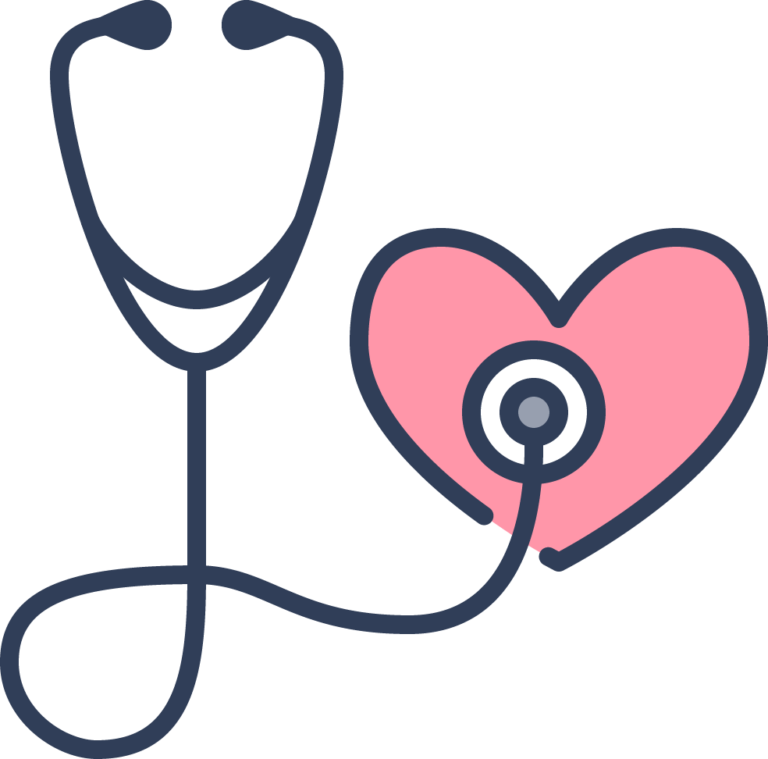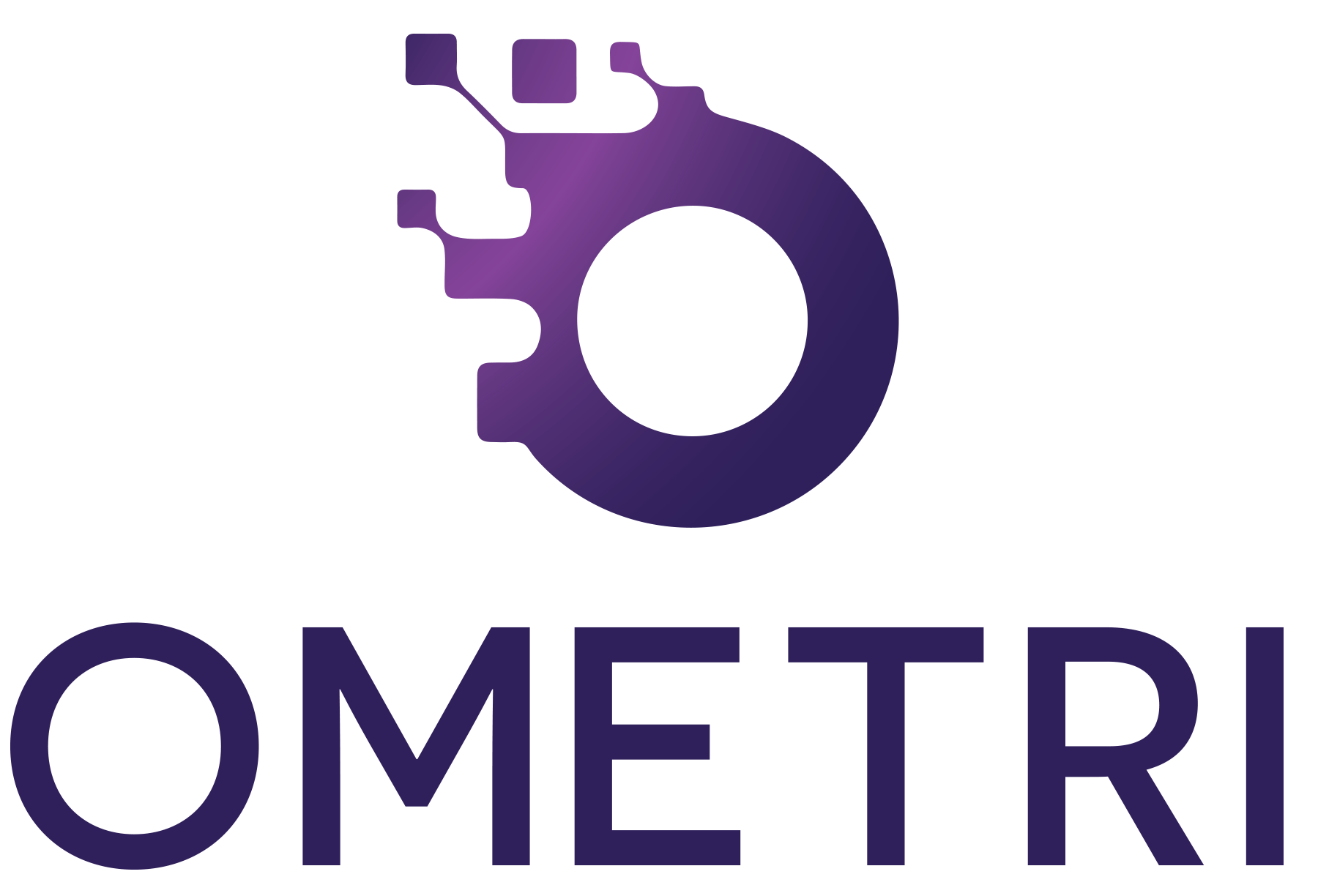
Who needs a
Cardiac Event Monitor?
A patient with infrequent symptoms such as dizziness, fainting, or arrhythmias, which are irregular heartbeats, may receive an ECG test at the doctor’s office. Because an ECG test only monitors a short time frame, it may not catch the irregularities of the heart. If your symptoms occur less frequently than a few days, an Event monitor may be prescribed and worn for up to a month to record symptoms when they occur.




